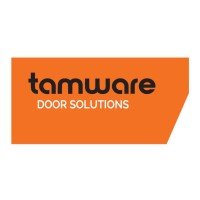
Wi-Tronix
By enabling continuous improvement with a powerful combination of connectivity, analytics, alerts and more, Wi-Tronix is empowering freight, passenger and transit system railways to improve safety, increase efficiency, and enhance service reliability. We deliver advanced IoT platforms that provide actionable information and insights on how rail networks are performing in real-time. Cloud-based data security, business intelligence such as fuel monitoring and refueling optimization, and 24/7/365 customer service set Wi-Tronix apart. We combine edge processing with Visual Intelligence, Artificial Intelligence, and Machine Learning to detect and interpret actionable Information. The Wi-Tronix team is passionately committed to its global vision of saving lives and ensuring the most efficient and reliable movement of goods and people throughout the world. Find out more about Wi-Tronix at www2.wi-tronix.com or contact us at [email protected].






